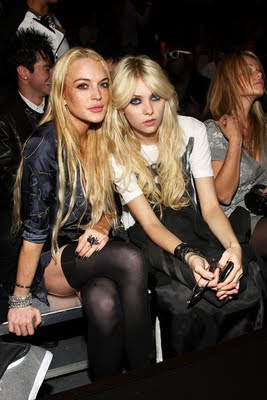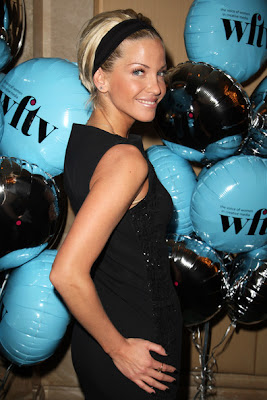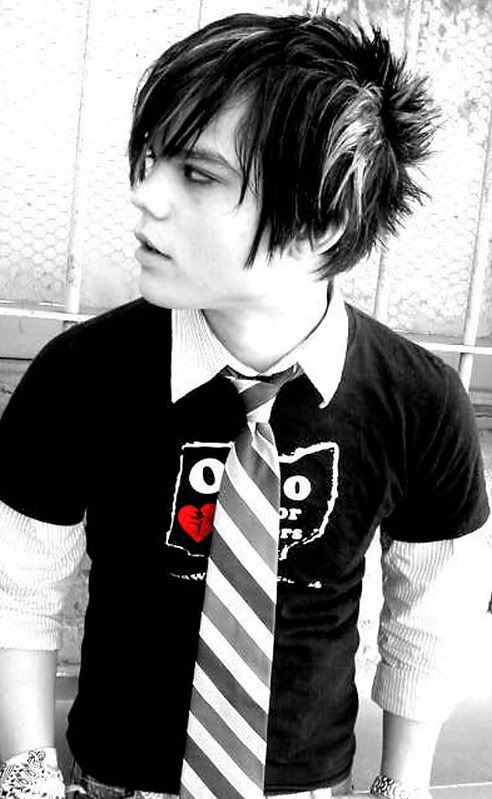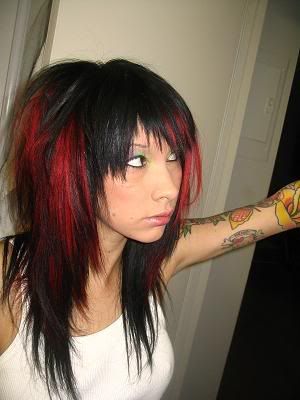Types of Hair Relaxers
There are two types of hair relaxers - alkaline and lye retainers, and no-lye relaxers. The first relaxer was produced commercially by Proline in 1971. However, soon people realized that the lye present in the relaxer, damages the hair causing it to lose its luster and shine. This resulted in the manufacture of no-lye hair relaxers, which were also first started by Proline. All hair relaxers for black hair, contain strong alkaline chemicals, which break the sulfide chemicals between the proteins present in the hair. These bonds are what help the hair retain its natural shape,i.e. whether its curly or straight. Once those bonds break, the relaxers can change the shape of your hair.
The latest natural relaxers for black hair contain no-lye or harsh chemicals. This causes least damage to the hair. However, almost all major hair relaxers today contain alkaline chemicals. Therefore, it is very important to neutralize your hair after relaxing.
Relaxers for African American hair are available in three varieties - mild, regular and super. It is imperative to understand your hair type before selecting your product. A mild relaxer works best on hair which is thin or if you have hair that is extremely fine in its texture. If you have thick hair strands, then choose a super relaxer. While lye based relaxers are widely known as the best relaxers for black hair, it is also said that they can damage the hair, especially, if not handled in the right proportion. Thus, it is better to let a professional handle it. Read more on black hair care tips.
Tips to Choose a Hair Relaxer
Hair can be relaxed at the salon or at home with the help of the kits that are available at various pharmacies and stores. Hair relaxers require periodic touch-ups just like hair dyes. As the hair grows, the treated part moves away from the scalp and the new hair has to be treated. It is very important not to treat hair that has already been treated as this may cause breakage and thinning of hair.
Before relaxing your hair it is necessary to do a strand test. A strand test is when you relax only a portion of your hair to see if your hair can handle relaxing. If the hair has a lot of color in them, or has been treated a number of times before, it will break off or fall out. In order to maintain the body, bounce and strength of your hair while making your hair straight, it is imperative not to relax your hair more than 80% or it may lose its elasticity.
If you wish to relax your hair at home, it is extremely important to rinse off the relaxer thoroughly. To be on the safe side, wash your hair 3 to 4 times after relaxing. If you leave even minute amounts of the relaxer in the hair, it will result in, what's called residual chemical action which causes the hair to over-process and eventually break. Do not relax your hair when you first remove braid hairstyles or extensions. You must avoid overlapping of the chemical on previously relaxed hair.
Whether done at home or professionally, chemical hair relaxing can alter the structure of your hair transforming it from curly to a straighter form. Remember, while selecting relaxers for black hair, consult a professional to check for suitability of the relaxer. Avoid using harsh chemicals that will strip your hair off its shine. After all, natural black hair is always beautiful!



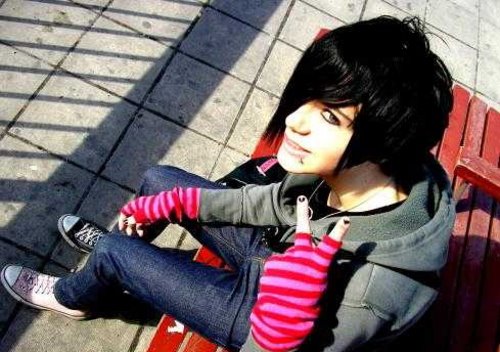
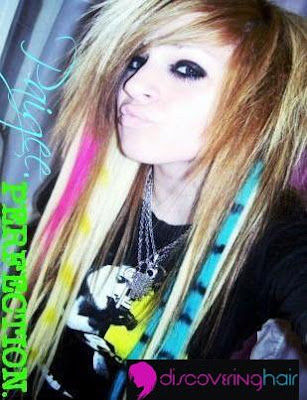
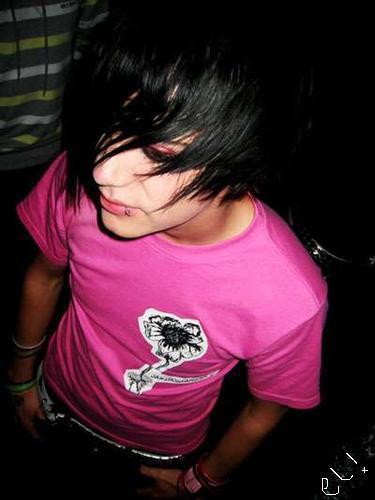

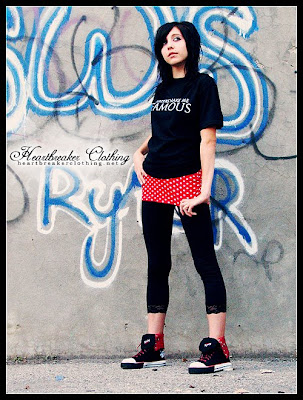
 Source URL: http://hairstylescuts.blogspot.com/2010/03/Visit Hairstyles - Haircuts for Daily Updated Hairstyles Collection
Source URL: http://hairstylescuts.blogspot.com/2010/03/Visit Hairstyles - Haircuts for Daily Updated Hairstyles Collection








